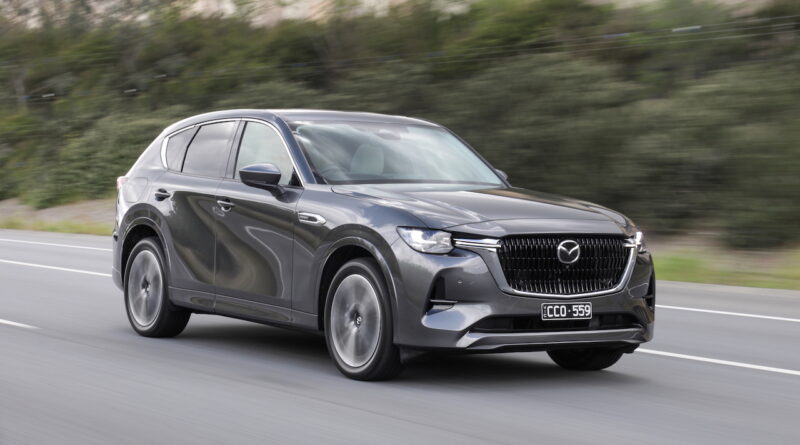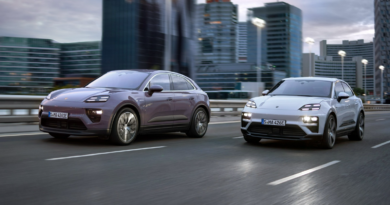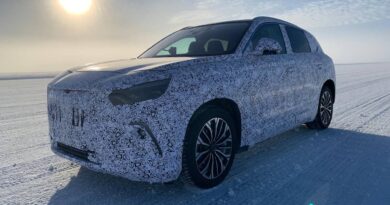Why Mazda electric cars won’t be tackling Tesla any time soon
Mazda says it will be offering internal combustion engined models in Australia for years to come because it anticipates the transition to electric cars to be gradual.
The Japanese manufacturer also insists the time is not yet right to launch an electric model into the premium SUV space despite the overwhelming success of the Tesla Model Y.
READ MORE: Tesla Model Y now cheaper than ever
READ MORE: Tesla Model Y outsells Ford Ranger to become Australia’s second best-selling vehicle
READ MORE: Tesla Model Y review
Mazda has chosen a hybrid strategy for its all-new and critically important premium SUV model, the CX-60.
The most expensive SUV it has yet launched in Australia, the CX-60 starts just under $60,000 and tops out at $85,500 before on-road costs.
On-sale in Australia this month across three petrol and diesel all-wheel drive powertrains and three trim levels, the CX-60 is a direct competitor for the likes of the Audi Q5, BMW X3, Genesis GV70 and Lexus NX.

Even if it hits its annual 6000 sales forecasts and therefore outsells all those models, it still won’t make much of a dent in the Model Y, which has sold more than 14,000 examples in Australia the first half of 2023.
Mazda does sell one EV in Australia, the MX-30, which has an uncompetitive range and pricing.
Mazda Australia managing director Vinesh Bhindhi argued the CX-60’s line-up of inline six-cylinder turbo-petrol and turbo-diesel mild hybrids and a 2.5-litre four-cylinder petrol-electric plug-in hybrid were the right approach to the market.
“When you look at where Australia is with EV – eight per cent and climbing is where it’s at,” he said. “But one brand does 60 per cent of that eight per cent, which is Tesla.”
Bhindhi argued ICE would remain a mainstay of local vehicles sales for years because Australia is only getting started with EVs
“When we look at other regions in the world, no-one else has gone overnight from ICE to battery EV. It is a transition,” Bhindhi said.
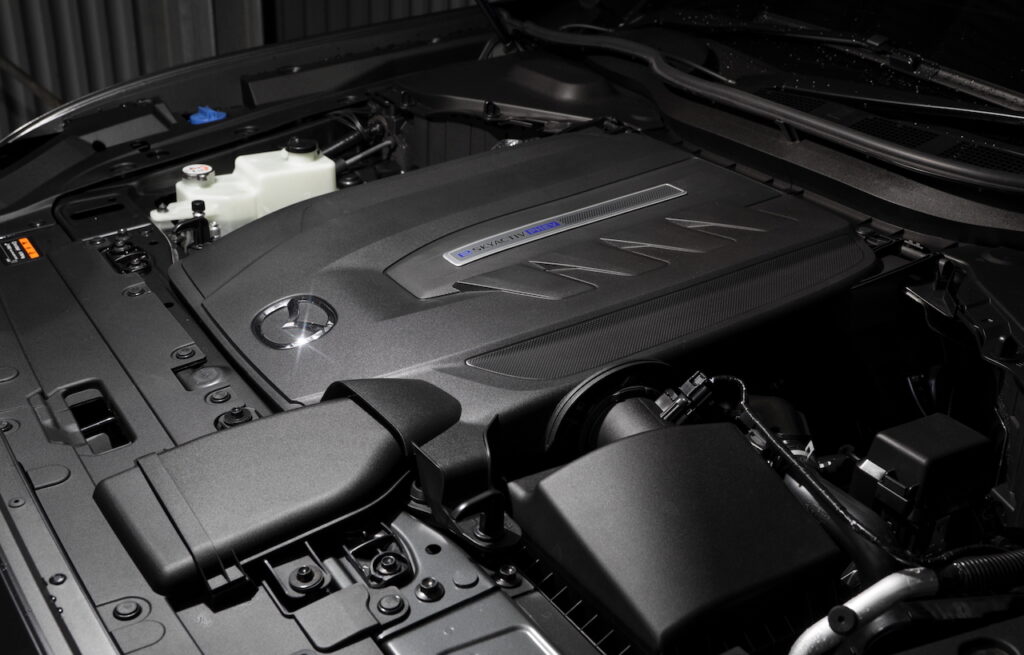
“Europe has been on to this for about a decade. In Australia we have started in the last couple of years without any significant incentives; probably without the appropriate infrastructure in all parts of Australia; probably in the early stages of the transition to renewable energy.
Bhindi pointed out Australia is yet to introduce fuel efficiency standards to encourage the uptake of EVs, putting us years behind other regions such as Europe, China and the US in this area.
“When you look at all that, where we are is toward the start [of the transition] rather than toward the end and we will have our journey.”
“Maybe the transition will be shorter [here] than compared to [other] regions because all brands will have [EV] models available.”
Mazda has announced a three-stage strategy towards embracing EVs, with plans to have them account for up to 40 per cent of global sales by 2030.
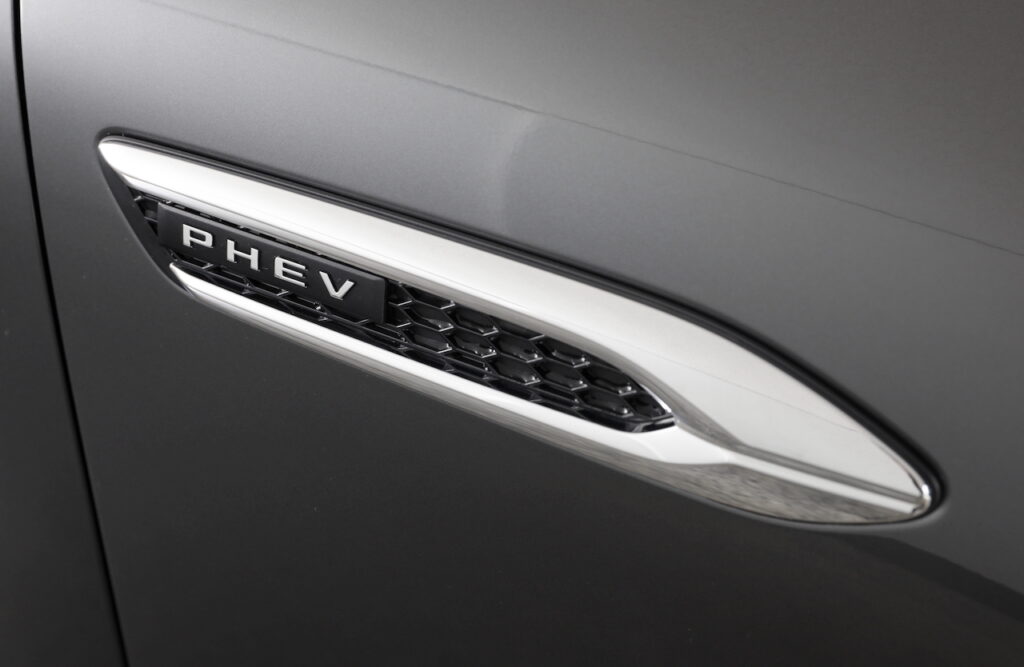
The first dedicated EVs based on a new Mazda scalable architecture are set to start rolling out in 2026-27.
But Bhindhi emphasised Mazda will continue to sell a significant number of ICE vehicles in Australia.
“In that timing when you look at the Australian population, not everyone will switch over to purely battery electric.
“We will have to offer a multi-solution approach in Australia, because some buyers living in certain areas may not have access to the infrastructure, may not have based on their needs … vehicles that perform to where they want, or [be] purely not comfortable with it [EV].”
“So we are going to be in a position that will offer a lot of options.”

